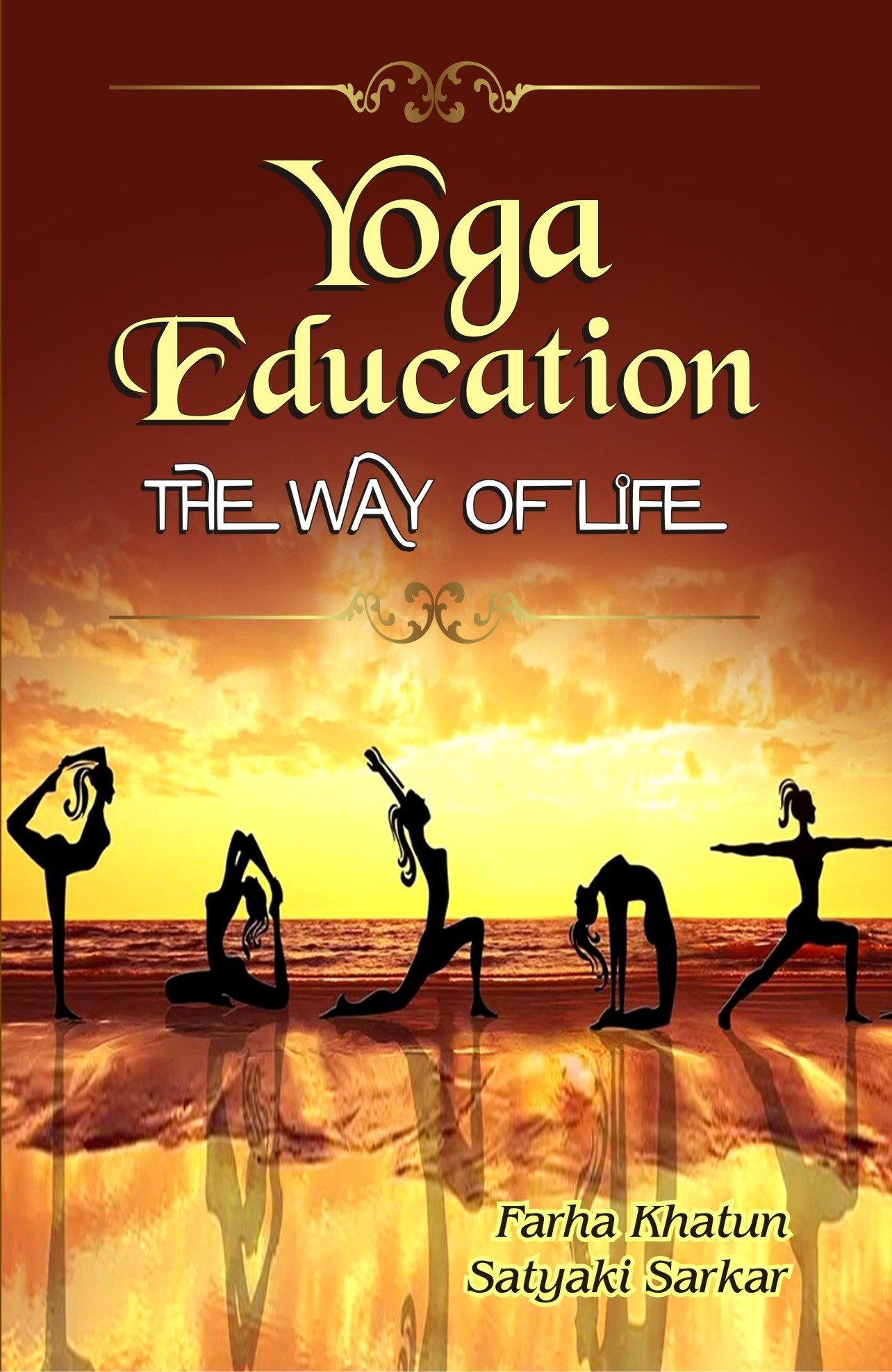It teaches us to move, breathe, relax, and think in better ways. Yoga teaches health, strength, and peace to all. This practice is for everyone, irrespective of age. One does not require anything extravagant or big machines; just a mat and your own body and breath are enough.
What Is Yoga Education?
Yoga observation is a way of learning to apply yoga in everyday living, including:
- Yoga postures, or asanas, that strengthen and loosen the body
- Breathing techniques, or pranayama, that soothe the mind
- Meditation, to help relax and focus
History of Yoga Education
Yoga is a practice that has been practiced in India for thousands of years. The term “yoga” comes from a word meaning “to join or unite.” Yoga was first mentioned in ancient texts called the Vedas. Eventually, those greats, including Patanjali, wrote the Yoga Sutras, consisting of brief lessons on how to live a life abundant in yoga.
In those days, yoga did not involve only physical postures. It included clear thought and fair speech, as well as kindness. Yoga became a complete system of learning over the ages.
Why Yoga Education Matters Today
People are feeling fatigued, stressed, or depressed in their fast-paced and busy lives. What children and adults do is remain seated, looking at screens for hours on end, forgetting to breathe deeply. Consequently, the need for yoga education is at its utmost.
Yoga teaches:
- How to stay active, fit, and healthy
- How to calm down and relax
- How to improve concentration in studies or at work
- How to wish, and feel happy and peaceful within yourself
Benefits of Yoga Education
- A Strong and Flexible Body
Yoga takes the body toward gentler and smarter movements. It helps us to:
- Sit straight and stand tall
- Stretch our muscles and move our joints
- Improve balance and coordination
- A Calm and Clear Mind
Yoga educates the brain as well. Breathing consciously allows proper thinking. Sitting quietly will help manage huge feelings. Regular yoga practice:
- Lessens stress
- Holds fear and anger at bay
- Improves sleep
- Sharpen memory
- Better Habits and Values
Yoga is not only concerned with the movement but also with how to live. For example, the following become part of the teaching of yoga:
- Compassion
- Truthfulness
- Perseverance
- Reverence
- Healthy Breathing
The main thing is to relax the breathing; many people breathe fast or shallowly. Yoga trains the individual to breathe slowly and deeply: this, in turn, leads to:
- A calm nervous system
- More oxygen for the body
- Better focus and higher energy
Yoga Education in Schools
Most schools are now giving yoga as part of their training to students because morning sessions can really start off the day fresh for students. Breathing and stretching during a break gives an invitation to relax and be focused again.
Some benefits of yoga for students are as follows:
- It deals with examination pressure.
- It builds up stronger friendships.
- It improves class behavior.
Learning Yoga at Home
Yoga can be taught easily at home. There is scope for the family to practice yoga together, either in the morning or evening. A daily 15-minute practice can be refreshing for all.
To bring yoga home, one could try:
- Online yoga videos
- Joining free live classes
- Reading simple yoga books
- Practicing deep-breathing exercises before bed

Becoming a Yoga Teacher
People passionate about yoga can opt to make it their profession. Many training schools offer various certification courses through which:
- The human body and its functioning
- Safe ways of teaching yoga poses
- Ways to help others breathe and relax
- Spreading yoga values
After training, yoga teachers can work in:
- Schools
- Fitness centers
- Hospitals
- Companies
- Online platforms
Yoga Education and Technology
Through technology, yoga education is accessible at its optimum. Apps and websites offer:
- Yoga lessons for beginners
- Fun challenges for kids
- Class is live with teachers
- Step-by-step Instructions with Videos
Support from Governments
Several state and non-state authorities in India and throughout the world support yoga education. Some examples are:
- June 21 is celebrated as International Day of Yoga.
- The Indian government includes the Ministry of Yoga and Wellness (AYUSH)
- Schools have the option to include yoga on their timetable.
- There are several yoga competitions where students enjoy competing against each other.
Common Problems and How to Solve Them
Although the practice of yoga has grown quickly through education, there are still boundaries and challenges in its periphery, such as:
- Some consider yoga tough
- Some believe it is only for adults
- Fewer people consider yoga a religion.
To end this:
- Keep yoga lessons fun and easy
- Share the right information with families and teachers.
- Show that yoga is for everybody, irrespective of age, religion, or fitness level.
Conclusion
Yoga is an uncomplicated, enriching, and mighty form of education. It gets us a fit body and a state that is quiet and healthy. Yoga can be done easily by children, adolescents, and adults. They’ll all feel the effects.
Better individuals evolve from being taught yoga at an early age. We become kinder, stronger, and even more focused individuals. Teaching yoga in homes and schools will bring a better, healthier world.
Also Read: Measurement and Evaluation in Education: A Simple Guide











